Giant Galapagos Land Tortoise
One of the Galapagos Islands’ most iconic species is the Giant Land Tortoise (Chelonoidis niger), a large lumbering creature that can weigh up to 900 pounds and live to well over 100 years in the wild. They are synonymous with the archipelago. In fact, the name “Galapagos” derives from an old Spanish word meaning “tortoises”.
It is believed that the giant tortoise arrived in the Galapagos Islands around two or three million years ago and originally hailed from mainland South America. Once on the islands, it diversified into 14 subspecies that differ slightly in their morphology and distribution. Today, they can be found on all 10 of the Galapagos Islands but are most easily viewed in the highlands of Santa Cruz and on the volcanic slopes of Isabela.
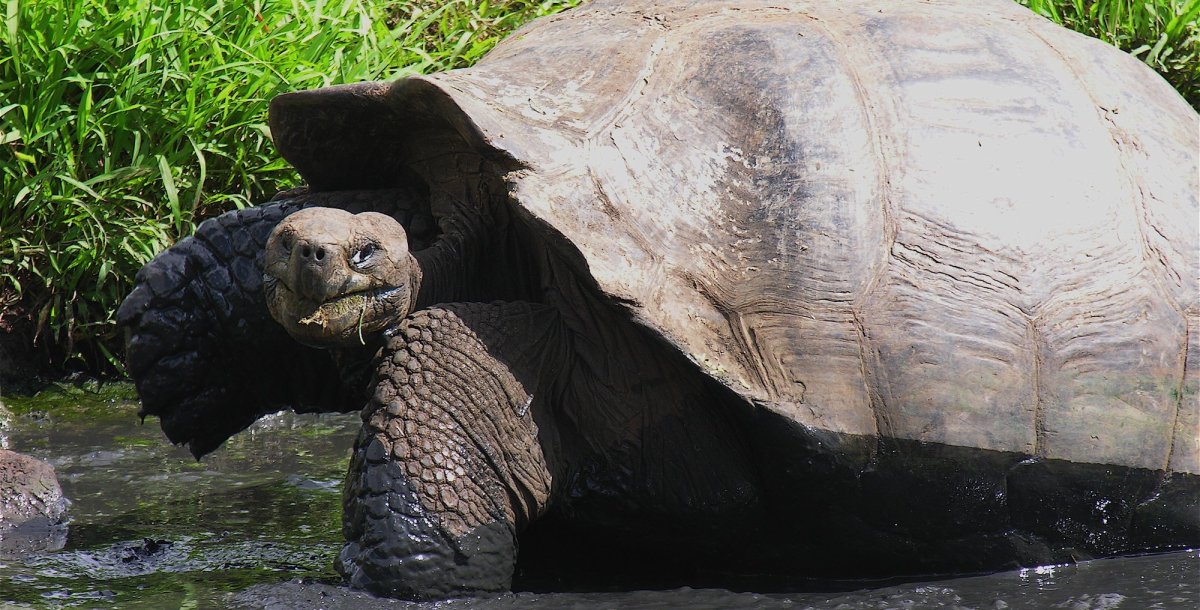
The shell shape of Galapagos giant tortoises differs depending on where they live, with those in the humid highlands larger and more dome-shaped. In the lowlands, the tortoises are saddle-backed and with longer necks.
The relatively arid environment of the lowland means that saddle-backed tortoises need to be able to stretch their long necks and reach up higher to feed. As a result, the front of their shell has an upward angle. This is lacking in highland tortoises, which have plentiful vegetation to feed on. As a result, they have evolved to be more restricted in how far they can raise their necks.
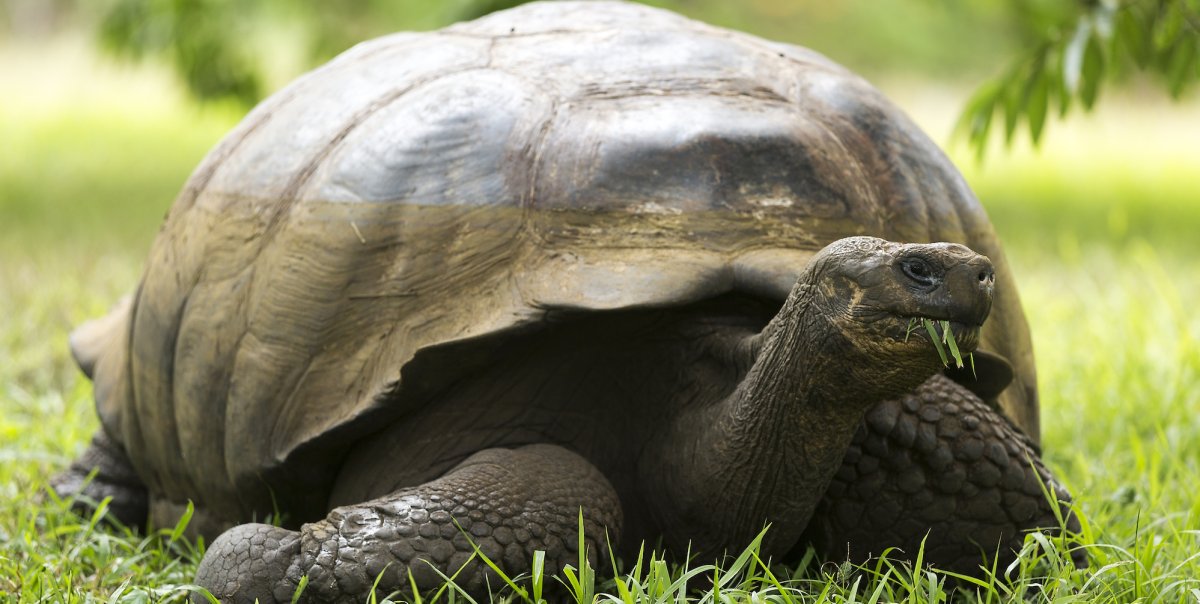
Behavior
Galapagos giant tortoises are herbivorous creatures and despite the amount of time that they spend feeding on grasses, fruits, and cacti, they can actually go for up to a year without food or water. In addition to having slow metabolisms, they survive by breaking down their body fat to produce water. When they do find a source of water, they can store excess in their bladders and at the base of their neck. On arid islands, Galapagos giant tortoises are known to lick the morning dew off boulders, which results in noticeable depressions.
As cold-blooded creatures, Galapagos giant tortoises bask for a couple of hours each morning to absorb the sun’s heat. The early morning and late afternoon is when they are most active, with most traveling at a speed of around 0.2 miles per hour (only slightly faster than a sloth). Around eight or nine hours of their day is spent foraging for food while the remaining 16 hours are spent sleeping.
Giant tortoises depend heavily on their sense of smell and eyesight, with hearing less important. In fact, Charles Darwin originally thought they were completely deaf, although this has since been proved wrong.
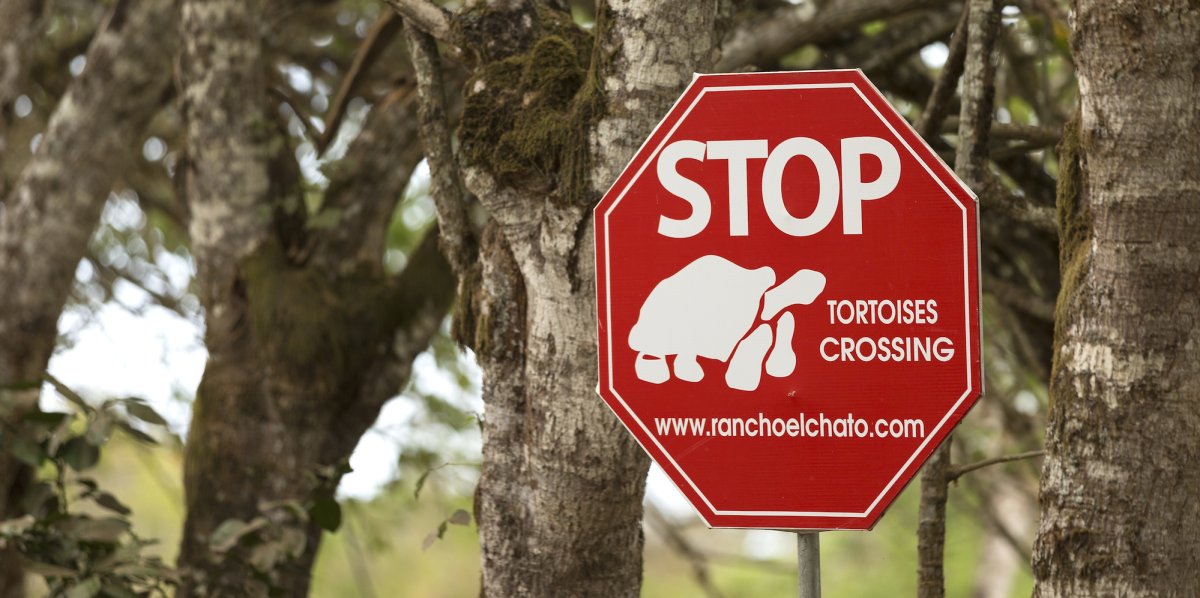
On some of the islands, Galapagos giant tortoises migrate from the grassy plains in the wet season up to the higher meadows in the dry season, and distinct “tortoises highways” can be seen established in the undergrowth. They are also known to bathe or wallow in pools of water, which is thought to help protect against mosquitoes and ticks. Some tortoises have been observed in a symbiotic relationship with small birds, such as Galapagos swallows, which sit on the tortoise’s back and peck the ticks from the folds in its skin.
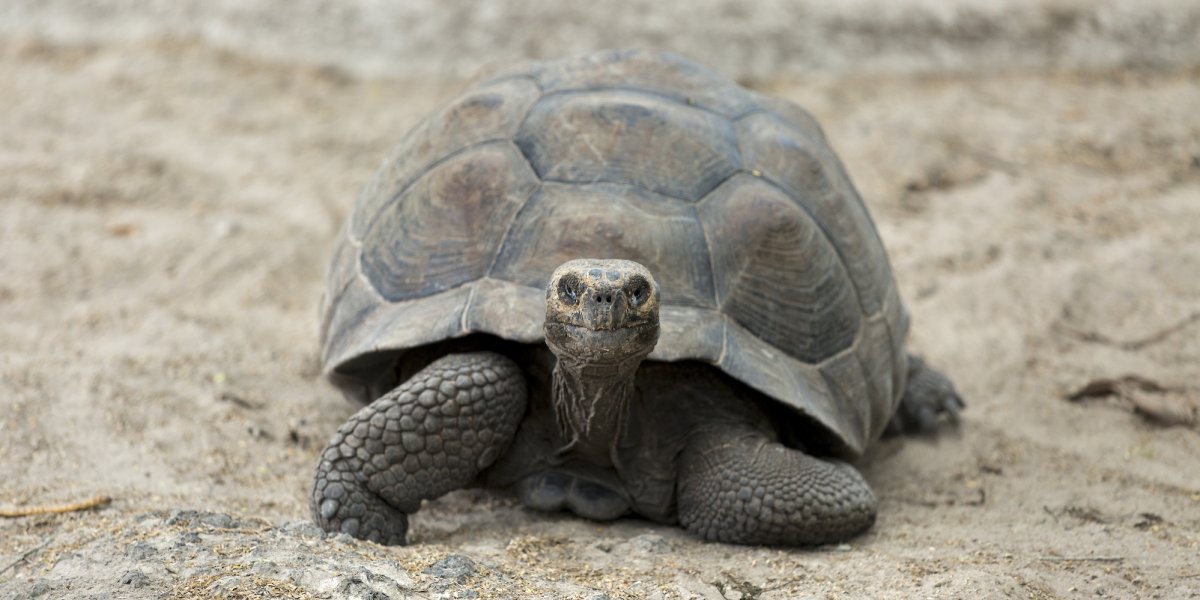
Breeding
Galapagos giant tortoises breed primarily during the hot season, which extends from January to August, with males following the scent of a female and sometimes fighting off other males to win her over. Mating can last for several hours and the males are known to make loud roaring noises during the process.
After mating, females will move to a nesting area and dig a hole with their back feet that can be up to a foot deep. She will then lay between two and 16 eggs (each around the size of a tennis ball) before allowing the sun to incubate them. After around 130 days, the young hatchlings will emerge, with most weighing less than two ounces. They have to dig their way through the sand to the surface, with this process sometimes taking several weeks.
It can take up to 40 years for a Galapagos giant tortoise to reach sexual maturity in the wild and around half this time in captivity. To tell the sex of a giant tortoise, simply look at the underside of the shell to see whether its plastron is concave, which indicates it is a male.
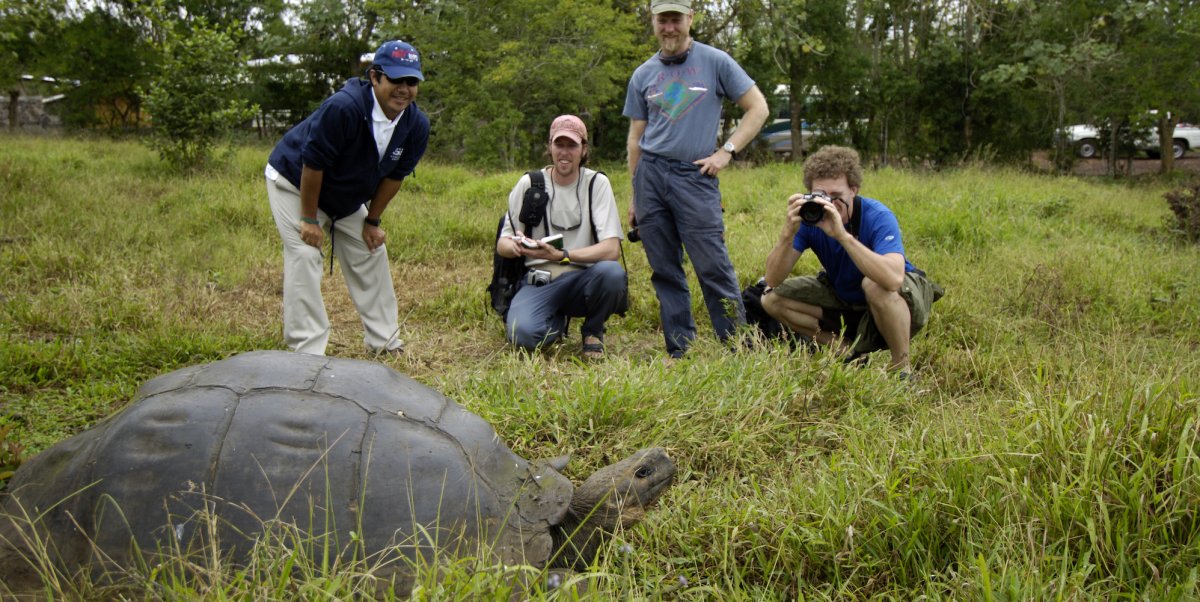
Conservation Efforts
In the 16th century, it is estimated that there were around 250,000 Galapagos giant tortoises in the wild. By the 1970s, that number was just 15,000, and today, only 12 of the original 14 subspecies still exist.
For many years, it was humans that were the biggest threat to the survival of Galapagos giant tortoises, with whalers, pirates, and sailors hunting them for their meat. The fact that the animals could live for such long periods with no food or water made them an ideal source of protein on long voyages. In addition, the Galapagos giant tortoise was exploited for its oil, which was used to fuel lamps.
In more recent years, it has been non-native species that have had devastating effects on tortoise populations, with rats, pigs, and even ants feasting on tortoise eggs. Feral dogs are known to attack tortoises while horses and cattle can trample their nests. As fencing is established around farmland and roads are constructed, the natural migration routes of Galapagos giant tortoises have also been impacted.
Due to this complex range of issues, at least two subspecies of Galapagos giant tortoise are thought to have gone extinct and all of the extant subspecies are listed as Threatened by the IUCN.
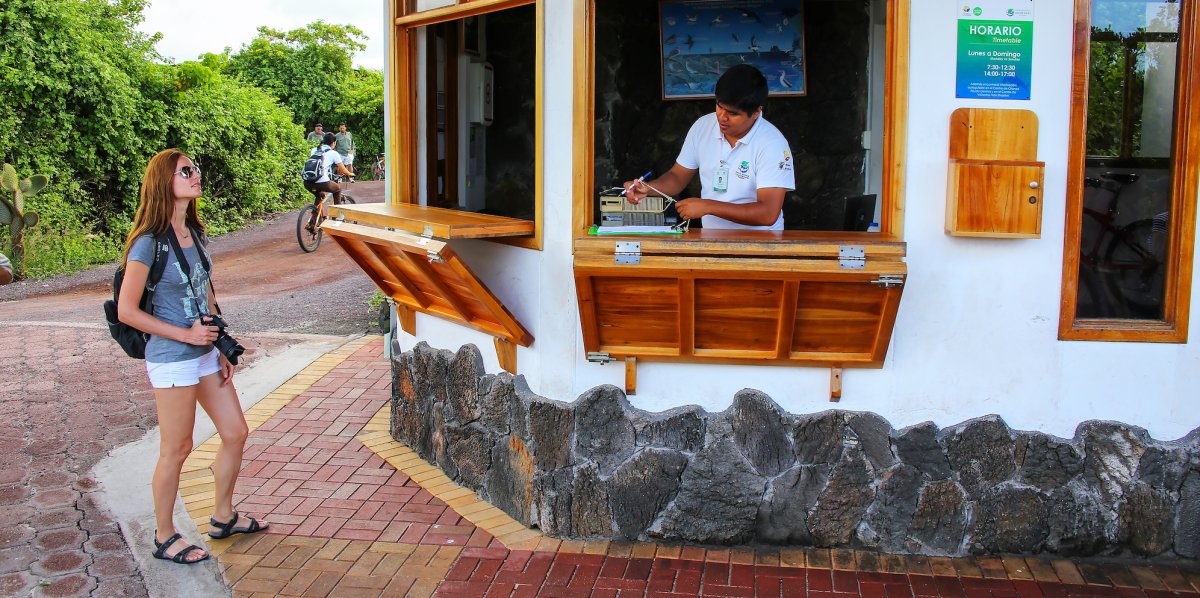
In response, eradication campaigns have been launched to remove introduced and feral species, and eggs are collected from the wild to be incubated at the Charles Darwin Research Station. Here, newly hatched tortoises are kept in captivity until around the age of five when they are big enough to fend off predatory species. Captive rearing has been used in the Galapagos Islands since 1965 and has played an important role in restoring the populations of the remaining Galapagos giant tortoise subspecies.
A highlight of any Galapagos Islands’ trip is visiting the Fausto Llerena Breeding Center at the Charles Darwin Research Station where you can get up close to giant tortoises being reared in captivity. In addition to adult tortoises from various subspecies, you can see baby Galapagos tortoises in the facility’s incubators. This breeding program is considered one of the most successful conservation programs in the world, with more than 7,000 tortoises being reared and released into the wild as a result.



